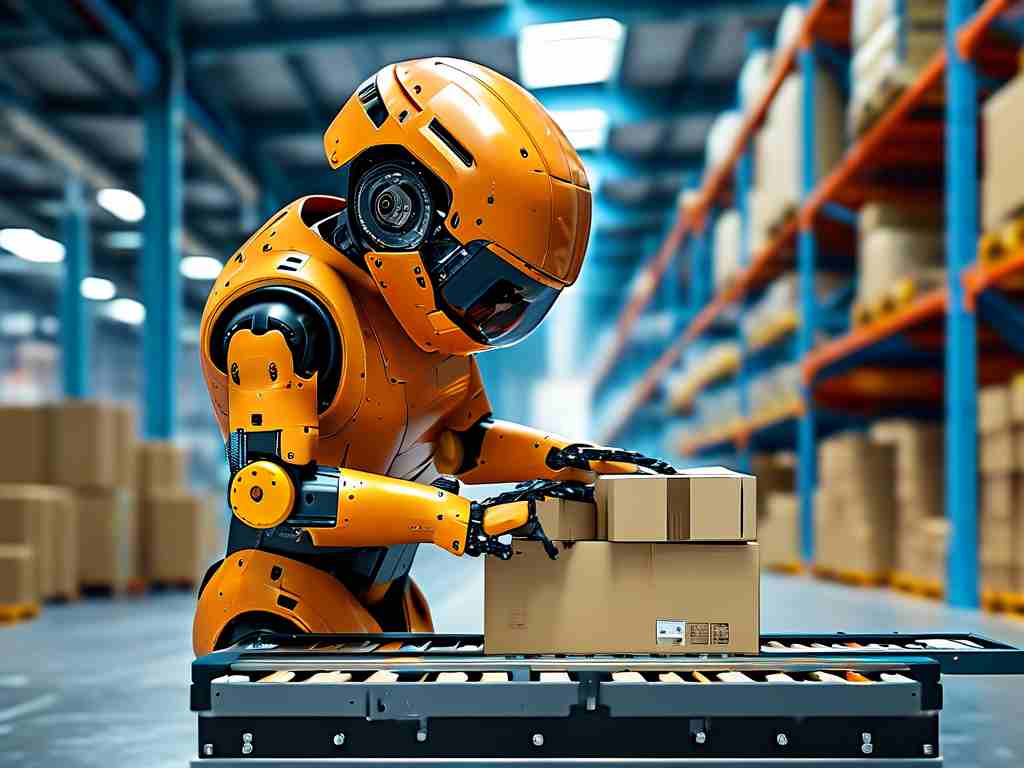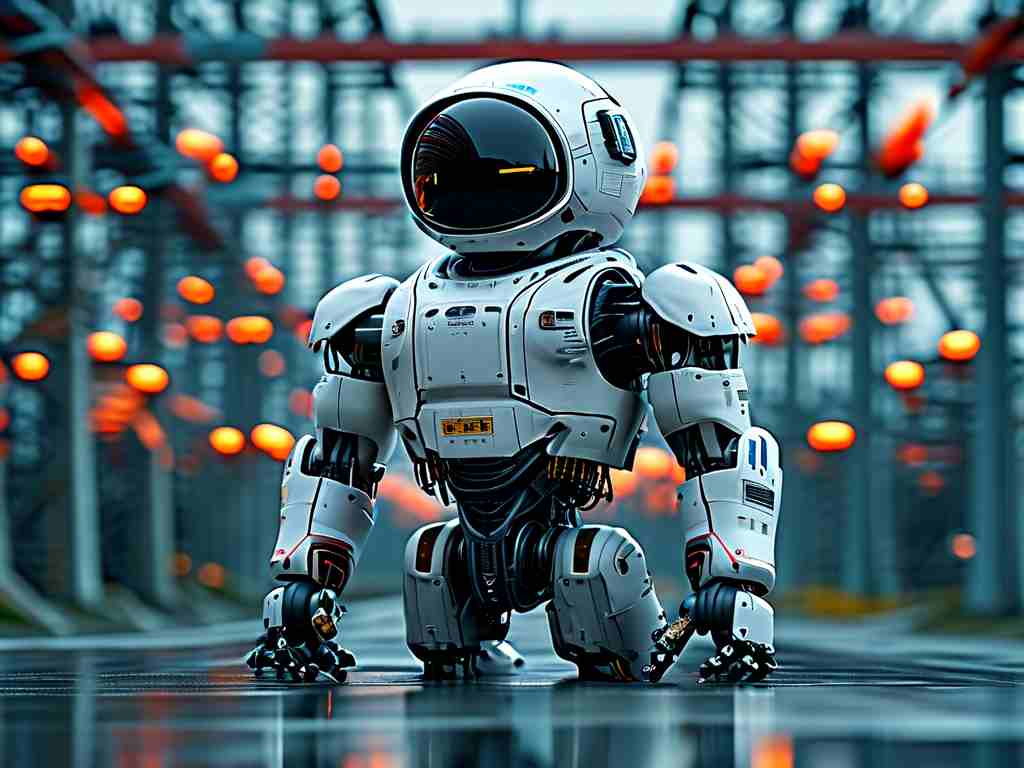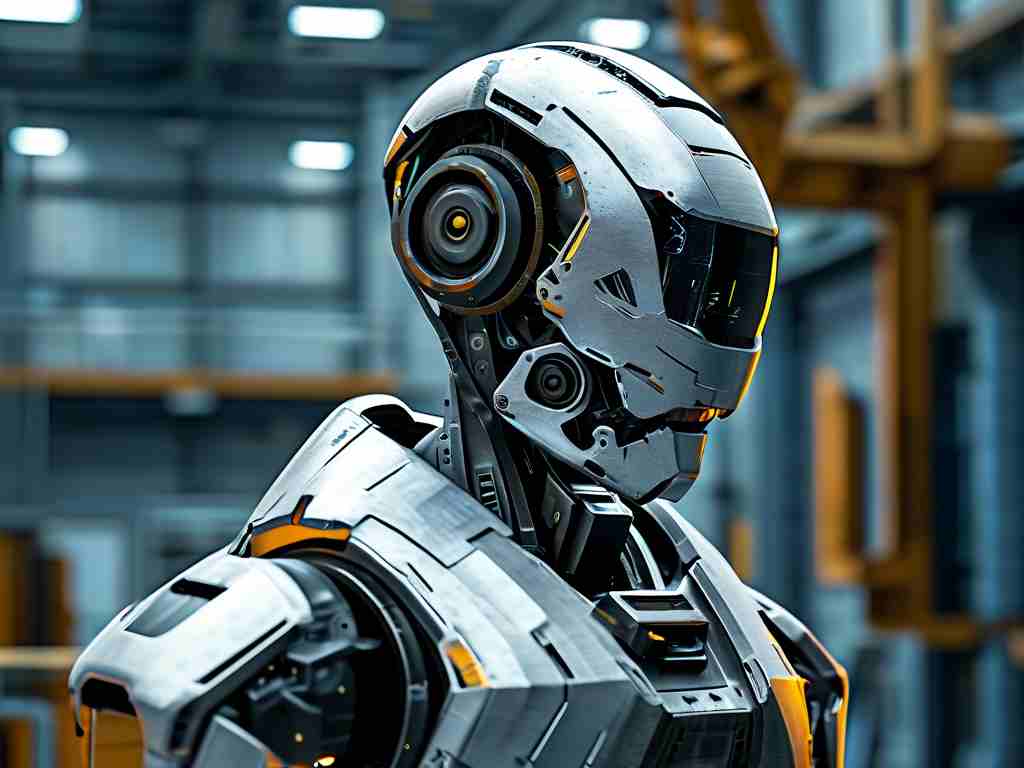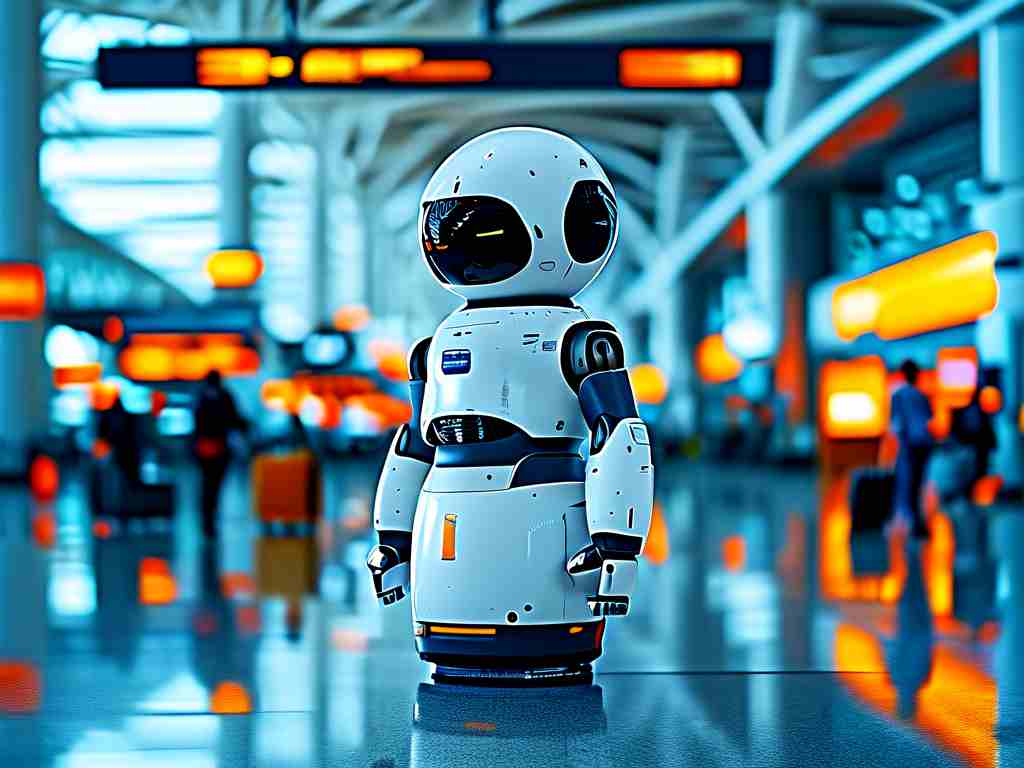The logistics and manufacturing sectors are witnessing a paradigm shift with the integration of robotic automated boxing systems. Unlike traditional manual packaging methods, these intelligent machines combine precision engineering, computer vision, and adaptive algorithms to optimize the entire boxing process. From e-commerce warehouses to pharmaceutical production lines, this technology is redefining speed, accuracy, and cost-effectiveness in industrial operations.

Core Mechanism and Workflow
Modern robotic boxing systems deploy 3D vision sensors to scan items on conveyor belts, instantly calculating optimal placement within boxes. Advanced grippers – ranging from vacuum-based suction cups to flexible silicone claws – adjust grip strength based on object fragility. A beverage manufacturer in Germany reported a 40% reduction in packaging errors after implementing force-sensitive robotic arms that detect irregularly shaped bottles. The system’s machine learning module continuously improves box space utilization, achieving up to 92% packing density for mixed-size parcels.
Economic and Operational Advantages
By automating repetitive tasks, companies observe measurable ROI within 12-18 months. A case study from a Chinese electronics factory revealed a 28% decrease in labor costs and 35% faster order fulfillment after installing collaborative robots (cobots) in packaging lines. Crucially, these systems minimize product damage through millimeter-level positioning accuracy, reducing warranty claims by 19% in consumer goods sectors. During peak seasons, robotic boxers operate 22 hours daily without fatigue, maintaining consistent throughput where human workers would require multiple shifts.
Technical Innovations Driving Adoption
Three breakthroughs have accelerated implementation:
- AI-Powered Pattern Recognition: Systems like XYZ Robotics’ SmartLoader can identify 800+ item categories per hour, adapting to new products through cloud-based training datasets.
- Modular Hardware Design: Interchangeable end effectors allow rapid reconfiguration between fragile glassware and heavy automotive parts within minutes.
- Real-Time Data Integration: IoT-enabled boxers synchronize with warehouse management systems, automatically adjusting packaging strategies based on inventory levels and shipping priorities.
Sustainability Impacts
Automated systems contribute to greener operations by precisely calculating minimal packaging material requirements. A pilot project by EcoPack Robotics demonstrated 23% less cardboard waste and 17% reduced plastic usage through algorithmic box-size optimization. Moreover, energy-efficient actuators and regenerative power systems lower carbon footprints – Mitsubishi’s latest boxing robot consumes 40% less electricity than 2020 models while doubling processing speed.
Implementation Challenges
Despite evident benefits, adopters face technical and operational hurdles. Initial integration costs remain steep, with full-scale deployments averaging $350,000-$800,000. Smaller enterprises often opt for Robotics-as-a-Service (RaaS) models, paying monthly fees instead of upfront capital. Another concern involves maintenance complexity – semiconductor-based vision systems require clean environments, while hydraulic components demand specialized technicians. Successful implementations typically involve phased rollouts, starting with low-risk packaging lines before expanding across facilities.
Future Outlook
The global robotic boxing market is projected to grow at 14.2% CAGR through 2030, driven by rising labor costs and e-commerce expansion. Emerging technologies like tactile feedback sensors and quantum computing-optimized algorithms promise to enhance adaptability further. In the next five years, expect hybrid systems combining mobile robots for item retrieval with stationary boxing units, creating fully autonomous packaging cells. As 5G connectivity matures, real-time remote adjustments to packaging parameters across global facilities will become standard practice.
For businesses eyeing long-term competitiveness, robotic automated boxing isn’t merely an upgrade – it’s becoming the operational backbone of modern supply chains. While human oversight remains crucial for quality control and exception handling, the synergy between artificial intelligence and mechanical precision continues to push the boundaries of what’s achievable in industrial packaging.









